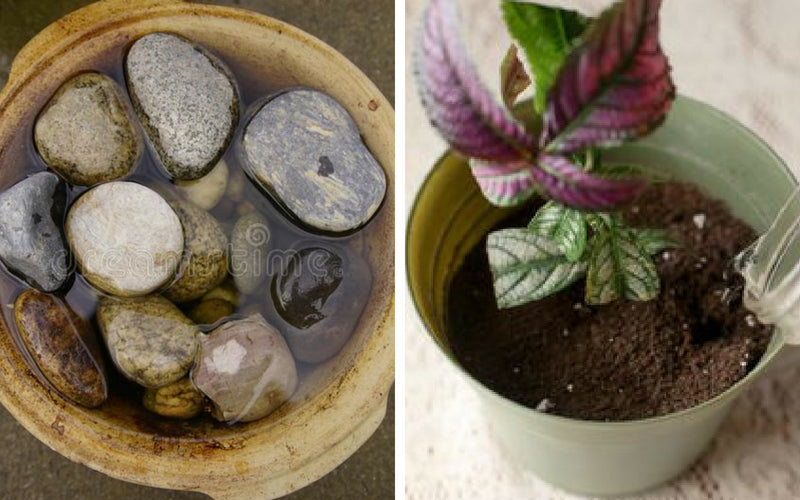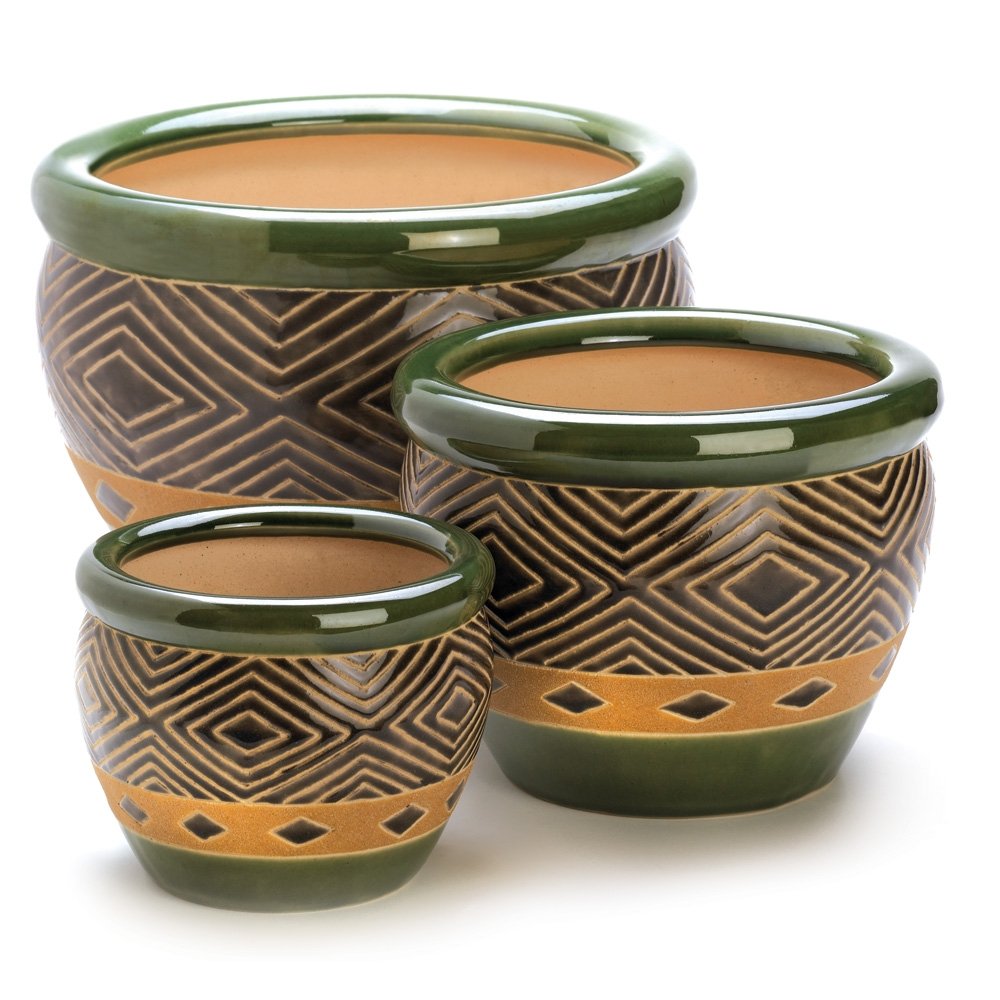THERE ARE TONS of different bamboo species, but the lucky bamboo is by far the most popular that make majestic centrepieces. Caring for a lucky bamboo plant is a relaxing pastime that's great for reducing stress. However, lucky bamboo tends to be more stressed in an indoor environment, so plenty of tender loving care is required. It's believed that keeping lucky bamboo inside houses and business places promotes happiness and prosperity and is said to to bring any owner good luck and good fortune.
Visual Cues

- Ensure that your bamboo is a vibrant green color with no blemishes, bruises, or yellowing. The stalks should be a consistent color from the base to their tops. There also shouldn’t be any browning on the tips of the leaves. If any of the stem is yellow this indicates it is sick. Remove the yellow part of the stem or the stem completely so it does not spread to the rest of the plant.
Water or Soil?

- Before buying a lucky bamboo, decide between you want to keep it in water or soil. There are advantages to both options depending on how much you are prepared to care for it. Too much soil or fertilization can actually harm your plant. However, if you are using tap water and it has fluoride and other chemicals, you may want to use soil and fertilizer to prevent yellow tips.
- If you are growing it in standing water, you will need some pebbles to hold it upright. Note that the water of the bamboo plant should be changed once in every two weeks.
- If in soil, try mixing a third each of sand, peat moss, and regular soil to ensure excellent drainage.
- For water only, make sure that your plant has at least enough to cover the base of the roots. You should also change the water at least once per week to prevent the plant from rotting. It is a good idea to rinse the vase, pebbles, and plant each time you do this.
- If you are growing the plant in soil, water the plant just enough so that the soil is moist.
The Proper Container

- Choosing the right container. Your pot should be about 2 inches (5 cm) larger in diameter than the plant. Most lucky bamboo plants already come in a pot, but you can use your own pot to make the plant more your own.
- A clear container works well for water and will show off your plant and pebbles, but make sure that you keep it out of direct sunlight.
- You can also use a ceramic pot and grow it in either pure water or in soil. If you use soil, plant the bamboo in a pot with a drain hole.
- If the plant’s roots become too tight in the container, repot the bamboo into a larger container.
Importance of fertilizers

- Add a very light fertilizer periodically for quicker growth. Too much fertilizer is worse than none at all, so use it sparingly. This is especially true of potted plants because the fertilizer will not become diluted by rain and can’t run off like it will for plants in the ground. If you want to feed it a fertilizer, use a liquid houseplant fertilizer every 3-4 weeks.
Trimming and styling

- Cutting the main stalk of the lucky bamboo is not a good idea. You can do the trimming within the offshoots in an inch or two of the main stem. To depress new growth, you can dip the cut end in paraffin.
- Arranging your stalks. If you wish to style your lucky bamboo, choose a few prime stalks to make a linked arrangement and put it on display. You can manipulate the stalks to grow around each other or curl with a bit of work; to do this you have to use younger stalks that haven’t grown a lot and hardened yet.
- You can simply plant your stalks in a line or rows if you want straight stalks.
- To curl your Lucky Bamboo plant, get a cardboard box and cut off the bottom and one side. Place the box over your plant with the open end facing your light source. Your stalks will begin to curl towards the light as they grow. Once you see a bend, rotate your plant.
- You can also wrap some wire around younger stalks crisscrossing them. As they grow you will add more wire to keep them stable as they intertwine.
- Remove dead or yellow leaves. Sometimes the ends of your leaves might turn yellow. This could be caused by a few factors: you plant isn’t getting enough water, there’s too much soil or fertilizer, or too much direct sunlight. You can trim off the yellow parts, or remove the whole leaf.
- To remove the yellowed tips of your leaves, sterilize a pair of pruning shears or sharp scissors and with light rubbing alcohol or vinegar, then cut the yellow part off following the natural shape of the leaf.
- You can remove whole leaves by simply pulling them down off the stalk at the base of the leaf.
- Propagate your plant. When one or two of your stalks gets too tall you can cut them and replant them. This will help you care for your Lucky Bamboo plant by ensuring that it doesn’t get too crowded and can produce new plants.
- Take your longest stalk and remove the smaller leaves at the top of the shoot.
- With a sterile knife or scissors, cut the shoot so at least two nodes, which are the raised part of the stem, are on the new cutting.
- Place the shoot in a bowl of clean, distilled water. Keep it in a shady area for about one to two months until it begins to sprout roots. Once you see roots, you can replant it the same pot as your bamboo plant.
- Tie the stalks in place with ribbon wire or other ribbon. People often tie a gold or red ribbon around the stalks of lucky bamboo plants to hold them together, and as an extra symbol of good fortune.
- Add pebbles to finish off the look and hold the arrangement in place.
- Place your lucky bamboo plant somewhere where you will enjoy it and remind you to care for it.
Maintenance

- Water sparingly. Your lucky bamboo plant doesn’t need a lot of water. In fact, too much is bad for it.
- Water your plant about once a week and ensure that there’s a few inches at all times, enough to cover the roots.
- If you have soil in your pot, make sure that it’s not too moist or dry. Your bamboo plant can live well in just water, so over soiling or fertilizing can actually harm it.
- Keep your plant out of direct sunlight. Lucky bamboo in the wild is usually shaded from direct sunlight by other, taller plants. You should keep your plant in an open, and bright area, but one that isn’t exposed to direct sunlight all day.
- To best care for your lucky bamboo, keep it away from windows that get a lot of light. Instead, place it in a part of your room not so exposed.
- Your lucky bamboo will also grow best in temperatures between in 65°F and 90°F.


